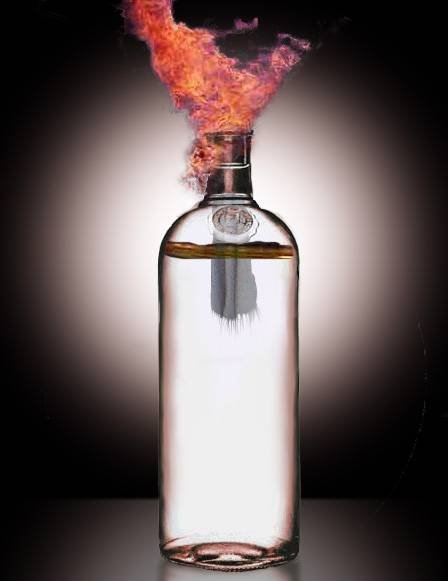I was having significant performance problems on a Windows XP SP2 laptop - the system was performing at 25% - 50% of its regular ability. So I pushed the "Turbo" button on the front, and that took care of everything.
In 1994, maybe.
No such fix for my problem. It was getting rather unbearable. I wanted to point the finger at Norton / Symantec software, but I didn't have hours to spend uninstalling it so I had to endure. I noted that the performance degradation came into play when there was moderate to heavy disk I/O.
Finally, I had some time to troubleshoot the problem. Process Explorer was telling me that Interrupts were monopolizing the CPU - 75% - 80% at times! I hadn't installed any hardware recently, and it was happening when the laptop was docked and undocked. Event Viewer didn't have any pertinent information.
After some thought, I recalled my observation about the performance degradation coinciding with disk I/O. I suspected that somehow the IDE channel had been set to PIO mode rather than Ultra DMA Mode 5. Device Manager confirmed my suspicions. Something (Windows?) had modified the setting for the Primary IDE Channel without notifying me. I uninstalled the primary IDE channel, rebooted, and let Windows redetect the hardware. The setting was back to Ultra DMA Mode 5, and the system was back to performing as it should have.
Microsoft Knowledge Base article "IDE ATA and ATAPI disks use PIO mode after multiple time-out or CRC errors occur" may provide some insight into how the transfer mode setting on my system was changed, but I'm running SP2 from August 2004 with all updates, and ATAPI.SYS referenced in the KB article is from April 2003. And, there was nothing in Event Viewer from ATAPI indicating that there were time-out or CRC errors.
2006-08-26
Interrupts Abound!
Subscribe to:
Post Comments (Atom)











No comments:
Post a Comment